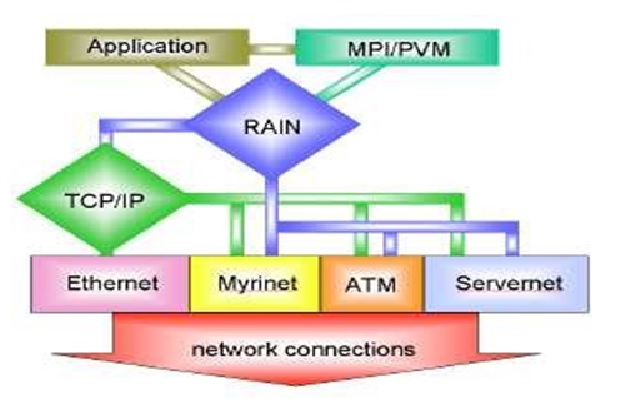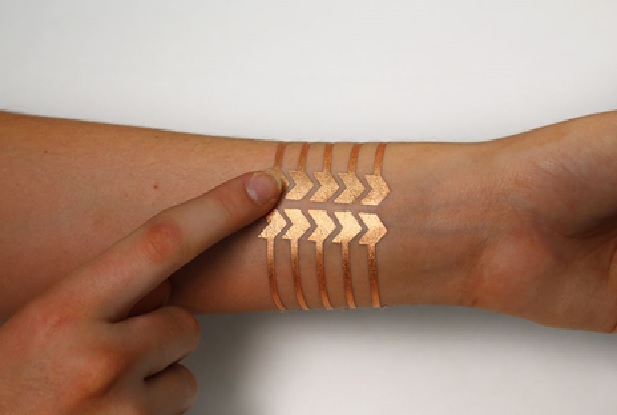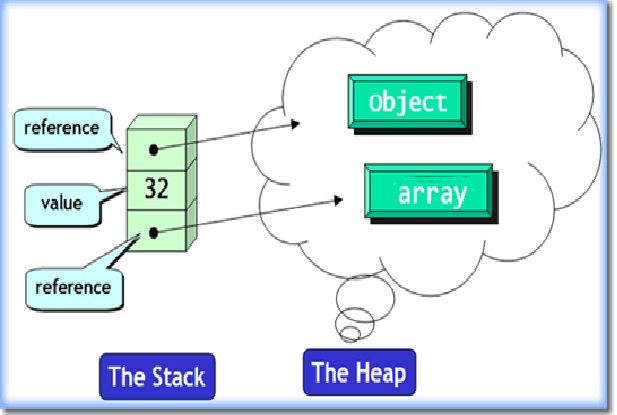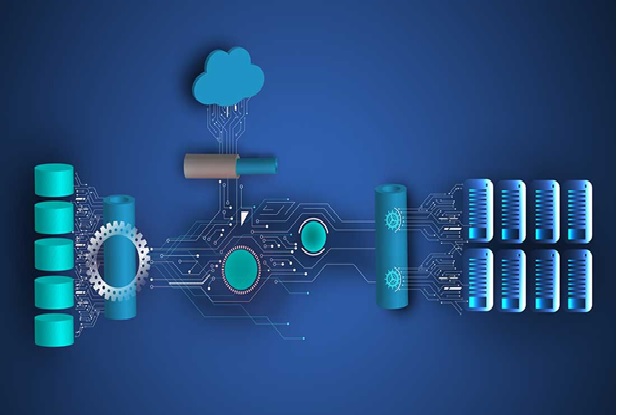Clinical Information System (CIS)
A clinical information system (CIS) is an information system designed specifically for use in the critical care environment, such as in an Intensive Care Unit (ICU). It draws information from all these systems into an electronic patient record, which clinicians can see at the patient's bedside. [1]

Figure 1. Clinical information System
Figure 1 shows CIS has many benefits, including the automation of tedious manual activities, increased accuracy due to reduced human error, traceable records available from many sites of care at the same time, and connection with other bedside equipment and information systems. The built-in error checking and knowledge-based methods should also result in a more secure and high-quality clinical process. The CIS electronically captures the data and possibly makes it available to a wide range of systems. This eliminates the need for manual data input or transcription, while also making the data available for a variety of reasons such as clinical, corporate, and research reporting. [2]
The benefits of a clinical information system
A CIS can benefit both patients and clinicians by:
- improving communication between the many health professionals caring for each patient
- providing all the information clinicians need to make good decisions
- making it easier for patients to have x-rays and scans when needed
- encouraging quality improvement
- allowing better clinical research. [3]
- Initial cost of acquisition: the high cost of basic infrastructure of clinical information technology can be a stumbling block to many healthcare organisations.
- Privacy and Security: There are still huge concerns in the healthcare industry about the privacy of patient data on computer systems and how to keep such information secure. The HIPAA and Data Protection Act passed by respective governments in the US and the UK were introduced to address some of these concerns.
- Clinician Resistance: Clinicians usually have 10-20 minutes to see their patients and if their interactions with a CIS during these sessions proves to be counterintuitive by taking up more time than is necessary, there is bound to resistance to it use.
- Integration of Legacy Systems: This poses a stiff challenge to many organizations.
- Clinical Decision Support: This provides users with the tools to acquire, manipulate, apply and display appropriate information to aid in the making of correct, timely and evidence-based clinical decisions. [4]
References:
- https://askinglot.com/what-are-3-types-of-clinical-information-systems
- https://www.talkinghealthtech.com/glossary/clinical-information-system-cis
- https://aci.health.nsw.gov.au/networks/icnsw/patients-and-families/equipment/clinical-information-system
- https://www.biohealthmatics.com/technologies/clinical-information-systems/
Cite this article:
Thanusri swetha J (2021), Clinical Information System (CIS), Anatechmaz, pp. 74















